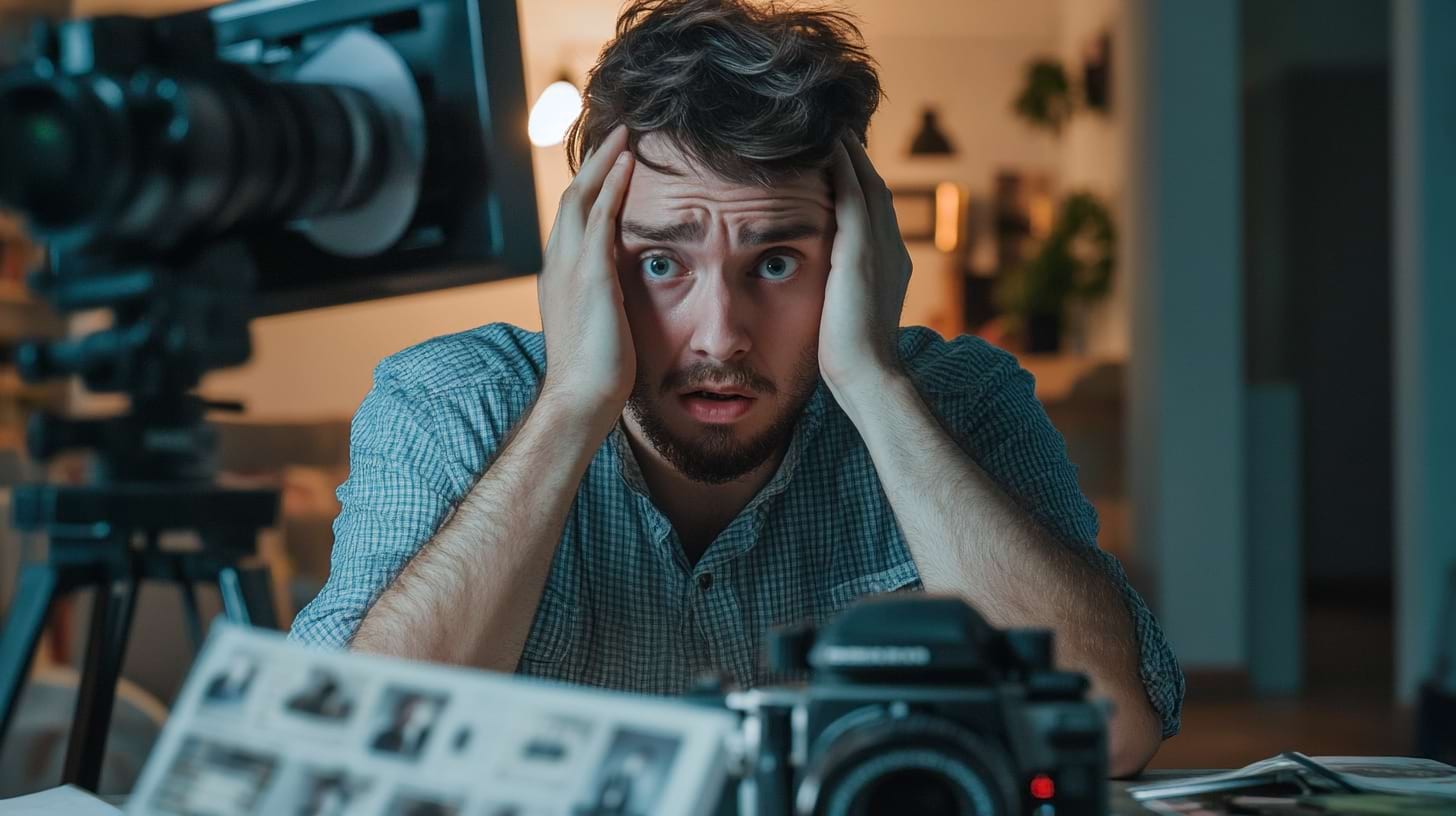The Most Common Budgeting Mistakes in Filmmaking and How to Fix Them
Explore the most common budgeting errors in filmmaking and discover practical tips, along with tools like Filmustage, to keep your project on track.


In filmmaking, having a solid budget is just as important as a great script or a talented cast. Even the most brilliant ideas can fall apart if the money isn't managed right. Budgeting mistakes can cause costly delays, force creative compromises, or, worse, stop the project altogether. In this article, we’ll explore the most common budgeting blunders filmmakers make and share practical tips on how to avoid them, so your production can run smoothly from start to finish.
Underestimating Costs 💸
One of the most frequent budgeting mistakes in filmmaking is underestimating the real cost of various aspects of the production. While the focus tends to be on principal photography, filmmakers often overlook other costly stages, such as post-production, marketing, and special effects. For example, editing, visual effects, and sound design can quickly inflate expenses, especially in genre films or projects with complex technical requirements.
💡 To avoid underestimating costs, filmmakers should conduct thorough research and consult with professionals familiar with the project's scope. Accurate cost estimates for every stage of the production, including a detailed film budget breakdown, will help create a more realistic budget.

Ignoring Contingency Funds 🚨
Filmmaking is full of unexpected twists — equipment can fail, locations can become unavailable, and actors may need to reschedule. Without a contingency fund, such surprises can derail the production. However, many filmmakers make the critical error of overlooking this essential part of the budget, leaving them without a safety net when things go wrong.
💡 A good rule of thumb is to set aside 10%–15% of the total budget for contingency. This fund allows for flexibility in case something goes off plan, whether it's a last-minute location change or the need for additional shooting days.
Misallocating Resources ⚖️
Spending too much money on one aspect of the film, such as hiring a high-profile actor, can lead to budget issues in other critical areas like post-production or marketing. Misallocating resources can lead to financial imbalances that impact the entire project. For example, running out of money for visual effects or post-production could compromise the final product’s quality.
💡 To prevent misallocating resources, filmmakers should create a detailed budget allocation plan that distributes funds evenly across all aspects of the production. It’s crucial to maintain balance to ensure that each phase of the project is properly supported.

Overlooking Marketing Costs 📢
Marketing is just as important as the film itself. Yet, many filmmakers — especially those working on indie films — underestimate or completely overlook the costs associated with marketing and distribution. Without a proper marketing budget, your film may never reach its intended audience, and any chance of box office success could diminish.
💡 To avoid this, filmmakers should integrate marketing expenses, including promotional materials, festival submissions, and digital advertising, into the initial budget. A well-rounded budget plan should include not only production costs but also a detailed strategy for how the film will be marketed to its target audience.
Using Budgeting Tools and Software 💻
In today’s digital age, filmmakers have access to numerous tools and software that can help streamline the budgeting process. These tools allow filmmakers to track expenses in real-time, update the budget as costs change, and generate detailed financial reports. Filmmaking budgeting software helps prevent budget miscalculations and overages by offering features like automated cost tracking, resource allocation, and reporting functionalities.
Some of the best budgeting tools for filmmakers include Filmustage, Movie Magic Budgeting, Celtx, and StudioBinder, all of which help keep your finances organized and your project on track.
Final Takeaway
Avoiding common budgeting mistakes in filmmaking requires a combination of careful planning, accurate cost estimates, and the use of modern budgeting tools. By anticipating potential financial pitfalls—like underestimating costs, overlooking contingency funds, misallocating resources, or neglecting marketing expenses—filmmakers can maintain control over their budgets and increase the chances of a successful production. With the right strategies and tools, your film project can stay on track and on budget, ensuring a smooth production process from start to finish.
From Breakdown to Budget in Clicks
Save time, cut costs, and let Filmustage’s AI handle the heavy lifting — all in a single day.